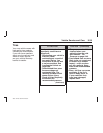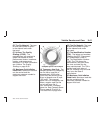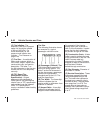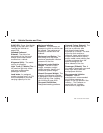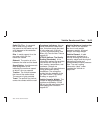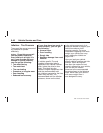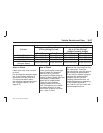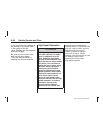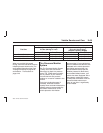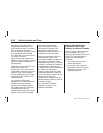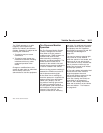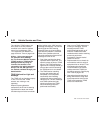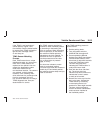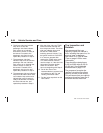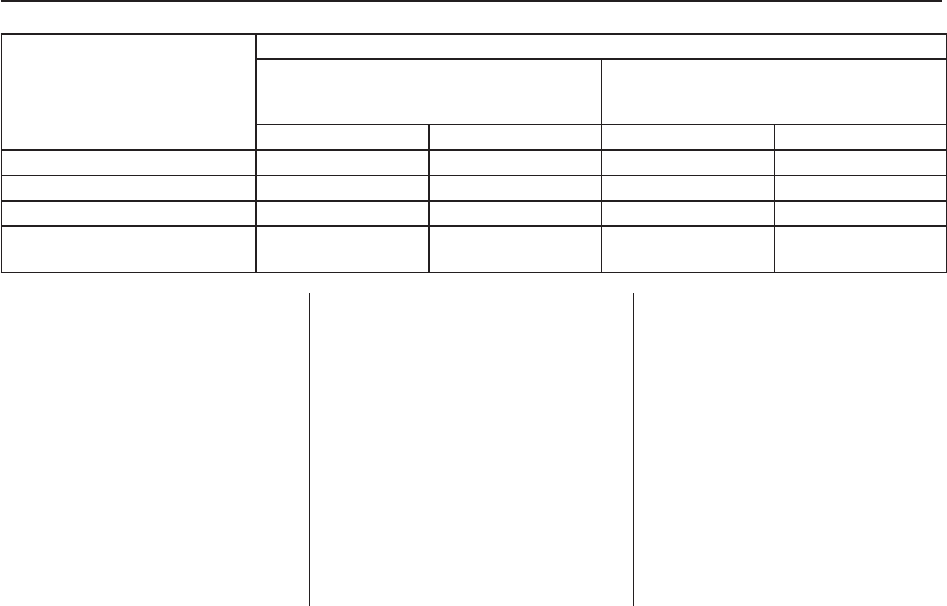
Tire Size
Recommended Cold Tire Inflation
Occupant and Cargo Weight:
573 lbs (260 kg) or Less
Occupant and Cargo Weight:
Up to 917 lbs (416 kg)
(Vehicle Capacity Weight)
Front Tires Rear Tires Front Tires Rear Tires
P245/45R18 96V 33 psi (230 kPa) 33 psi (230 kPa) 36 psi (250 kPa) 39 psi (270 kPa)
245/45R18 96V 36 psi (250 kPa) 36 psi (250 kPa) 36 psi (250 kPa) 39 psi (270 kPa)
245/40R19 94W 36 psi (250 kPa) 36 psi (250 kPa
) 36 psi (250 kPa) 39 psi (270 kPa)
T155/80R17 111M
(Compact Spare)
60 psi (420 kPa) 60 psi (420 kPa) 60 psi (420 kPa) 60 psi (420 kPa)
When to Check
Check your tires once a month
or more.
Do not forget the compact spare
tire, if your vehicle has one. It
should be at 60 psi (420 kPa).
For more information about
the vehicle’s compact spare tire,
see Compact Spare Tire on
page 9-79.
How to Check
Use a good quality pocket-type
gage to check tire pressure.
You can’t tell if your tires
are properly inflated simply by
looking at them. Radial tires may
look properly inflated even
when they’re underinflated.
Check the tire’s inflation
pressure when the tires are
cold. Cold means your vehicle
has been sitting for at least
three hours or driven no more
than 1 mile (1.6 km).
Remove the valve cap from the
tire valve stem. Press the
tire gage firmly onto the valve to
get a pressure measurement.
If the cold tire inflation pressure
matches the recommended
pressure on the Tire and
Loading Information label, no
further adjustment is necessary.
If the inflation pressure is
low, add air until you reach the
recommended amount.
Vehicle Service and Care 9-47
2008 - Pontiac G8 Owner Manual



